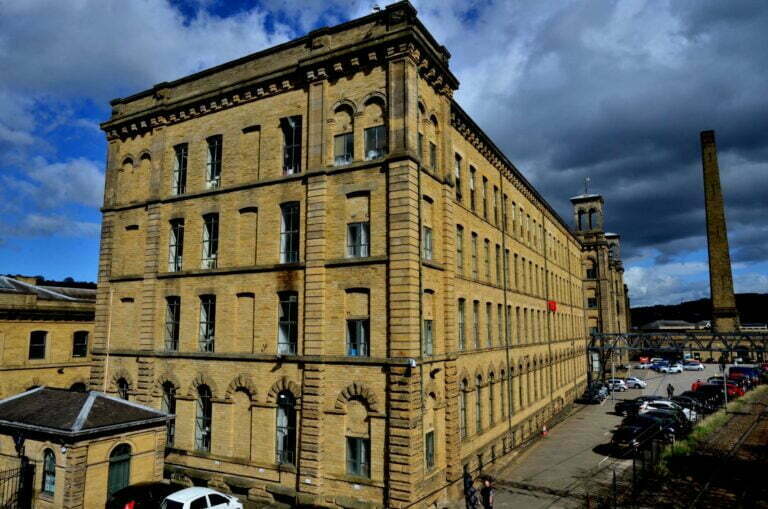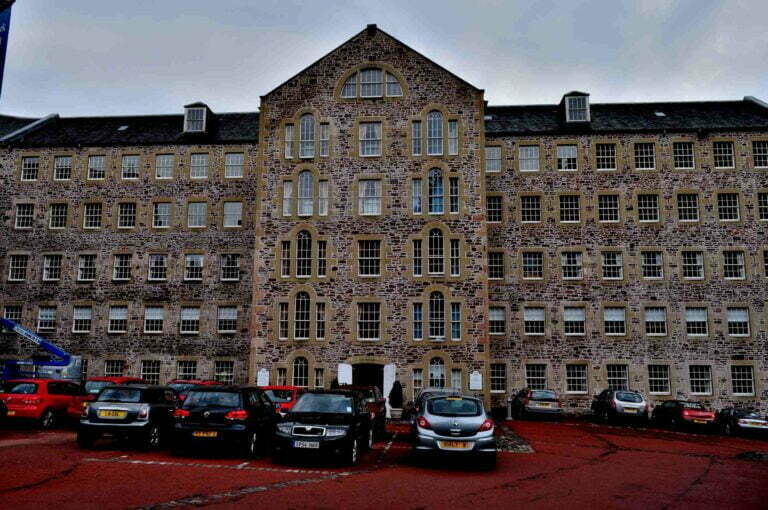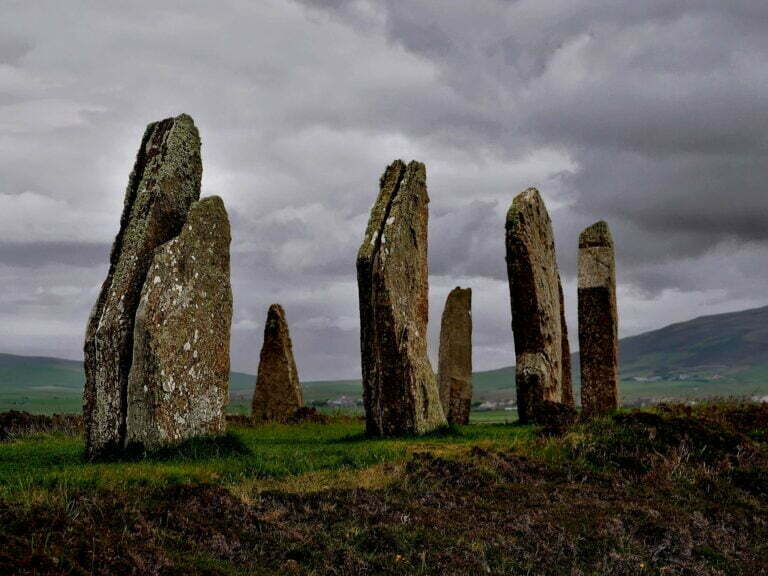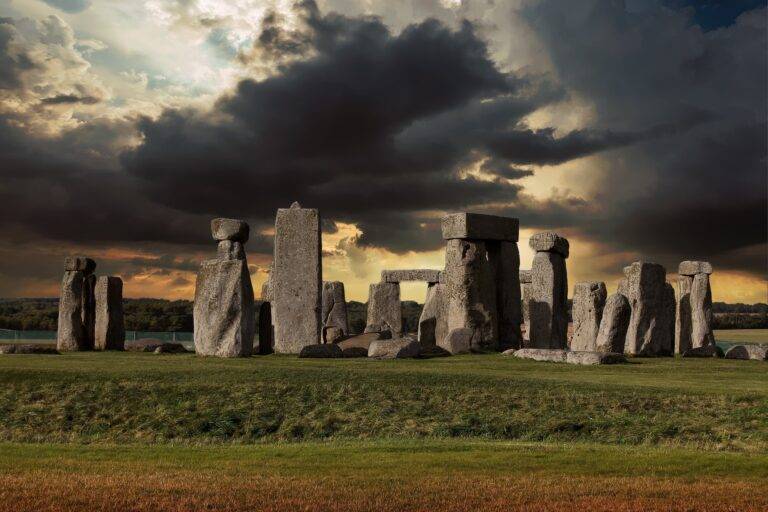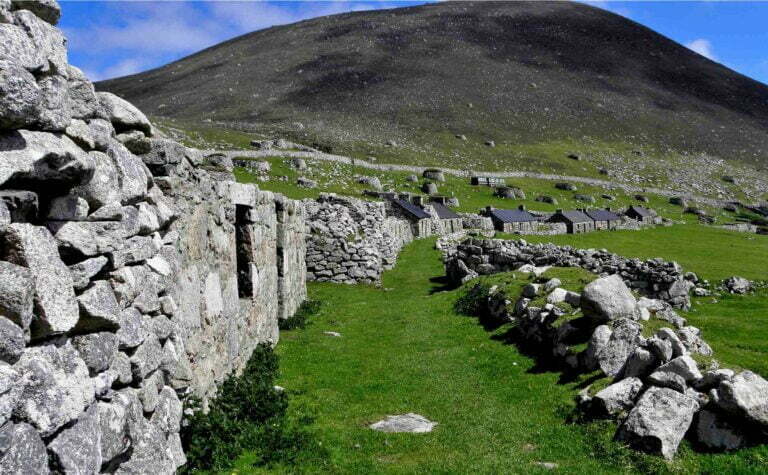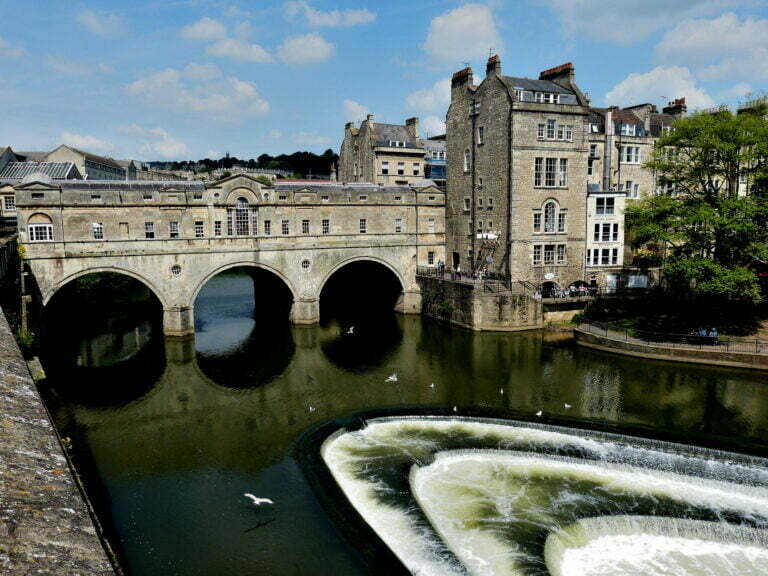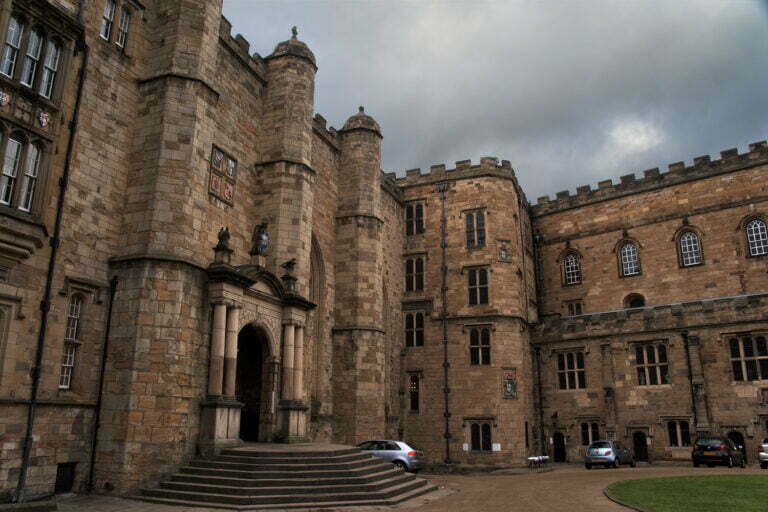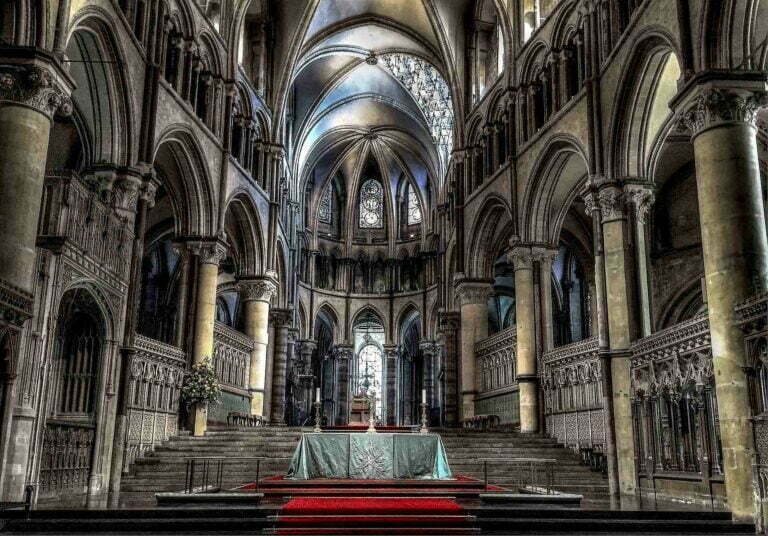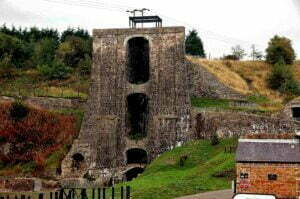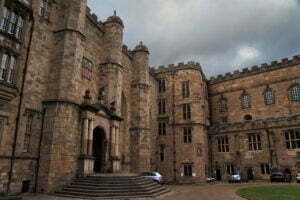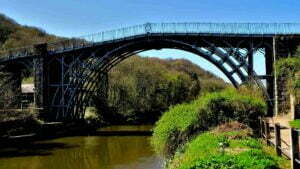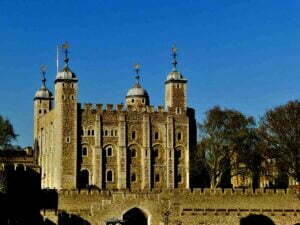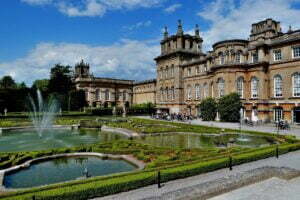Saltaire, a Victorian model village in West Yorkshire, UK, carries a rich history dating back to its founding in 1853 by Sir Titus Salt. Named after its founder and the nearby River Aire, Saltaire was conceived as a model community to provide improved living conditions for workers in the burgeoning textile industry. Today, the village remains an essential part of the European Route of Industrial Heritage. Sir Titus Salt, a renowned textile manufacturer, relocated his textile mill operations from Bradford to the Saltaire area in 1851. This transformational move allowed him to organize his workforce and position the textile mill adjacent to the Leeds and Liverpool Canal and the railway. Architects Francis Lockwood and William Mawson were commissioned for the project. Saltaire's inception coincided with other similar endeavors, like Edward Akroyd's work in Copley and Henry Ripley's project in Ripley Ville, albeit on a smaller scale. Here's an overview of Saltaire: ...
New Lanark is a historic village located in Scotland, near the town of Lanark, UK. The village of New Lanark was established in the late 18th century by David Dale, a Scottish businessman and philanthropist. Dale was a partner of Richard Arkwright, the inventor of the water frame spinning machine, which revolutionized the textile industry. New Lanark became famous for its cotton mills, which were powered by the fast-flowing waters of the River Clyde. In 1786, Dale purchased the land and established the cotton mills, harnessing water power for the production of cotton thread and cloth. The village quickly grew around the mills as workers and their families settled there. The most significant period in New Lanark’s history is associated with Robert Owen, who became the manager of the mills in 1800. Owen was a social reformer and visionary who implemented progressive and groundbreaking ideas for the well-being of the workers and the community ...
The heart of Neolithic Orkney is in the Orkney Islands, an archipelago off the north coast of Scotland in the United Kingdom. This World Heritage Site encompasses a group of outstanding prehistoric monuments and archaeological sites that provide insights into the lives and practices of ancient peoples. Skara Brae is a remarkably well-preserved Neolithic village that dates back over 5,000 years. Maeshowe is a Neolithic chambered tomb known for its well-preserved Viking graffiti. The Ring of Brodgar is a stone circle and henge monument consisting of 27 standing stones arranged in a near-perfect circle. This site features a collection of standing stones, including the tallest remaining standing stone in Scotland. The Ness of Brodgar archaeological site is a recent discovery and is still being excavated. These sites collectively showcase the advanced architectural and engineering skills of Neolithic peoples and provide a window into their beliefs, rituals, and way of life ...
Stonehenge and Avebury are two of the most famous prehistoric sites located in the county of Wiltshire, in the southern part of England, and these sites, along with some other nearby locations, make up a UNESCO World Heritage Site. Stonehenge is a world-renowned prehistoric monument composed of a circular arrangement of large standing stones. It is believed to have been constructed in several phases over a span of thousands of years, with the main phase of construction taking place around 2500 BC. The purpose of it remains a subject of debate among archaeologists and scholars, but it is widely believed to have had religious, ceremonial, and astronomical significance. Avebury, another Neolithic site, consists of a large circular bank and ditch enclosure, within which are three stone circles. The Avebury stone circles are among the largest and most impressive in Europe. Like Stonehenge, Avebury is believed to have been constructed for ceremonial and ritualistic purposes ...
St Kilda is a group of small islands in the Atlantic Ocean. These Scottish islands, part of the United Kingdom of Great Britain and Northern Ireland, became a UNESCO World Heritage Site in 1986 ...
The marine reserve on Henderson Island, United Kingdom of Great Britain and Northern Ireland, made it a UNESCO World Heritage Site in 1988 ...
Ironbridge is currently a British national monument. The Ironbridge Gorge World Heritage Site includes the bridge, the town of Ironbridge and Ironbridge Gorge ...
Blaenavon Iron Works, or Blaenavon Industrial Landscape, located at the upper end of the Avon Llwyd valley in South Wales, United Kingdom, was a UNESCO World Heritage Site from 2000 onwards ...
City of Bath in England, founded by the Romans as a thermal resort, grew into a major center of the wool industry in the Middle Ages, Somerset, United Kingdom ...
Blenheim Palace was built by the English Parliament as a national present to John Churchill, 1st Duke of Marlborough, at Woodstock, Oxfordshire, England. Churchills homes, History, Gardens ...
Tower of London is a royal fortification. Historically, it was a royal palace, political prison, execution site, armory, royal mint, menagerie, public records office ...
Durham Castle and cathedral are the largest and finest examples of Norman construction in England, and they attest to the importance of the early Benedictine monastic community ...
Canterbury Cathedral, St Augustine's Abbey, and St Martin's Church. It is in the administrative and historic county of Kent, in southeastern England ...

